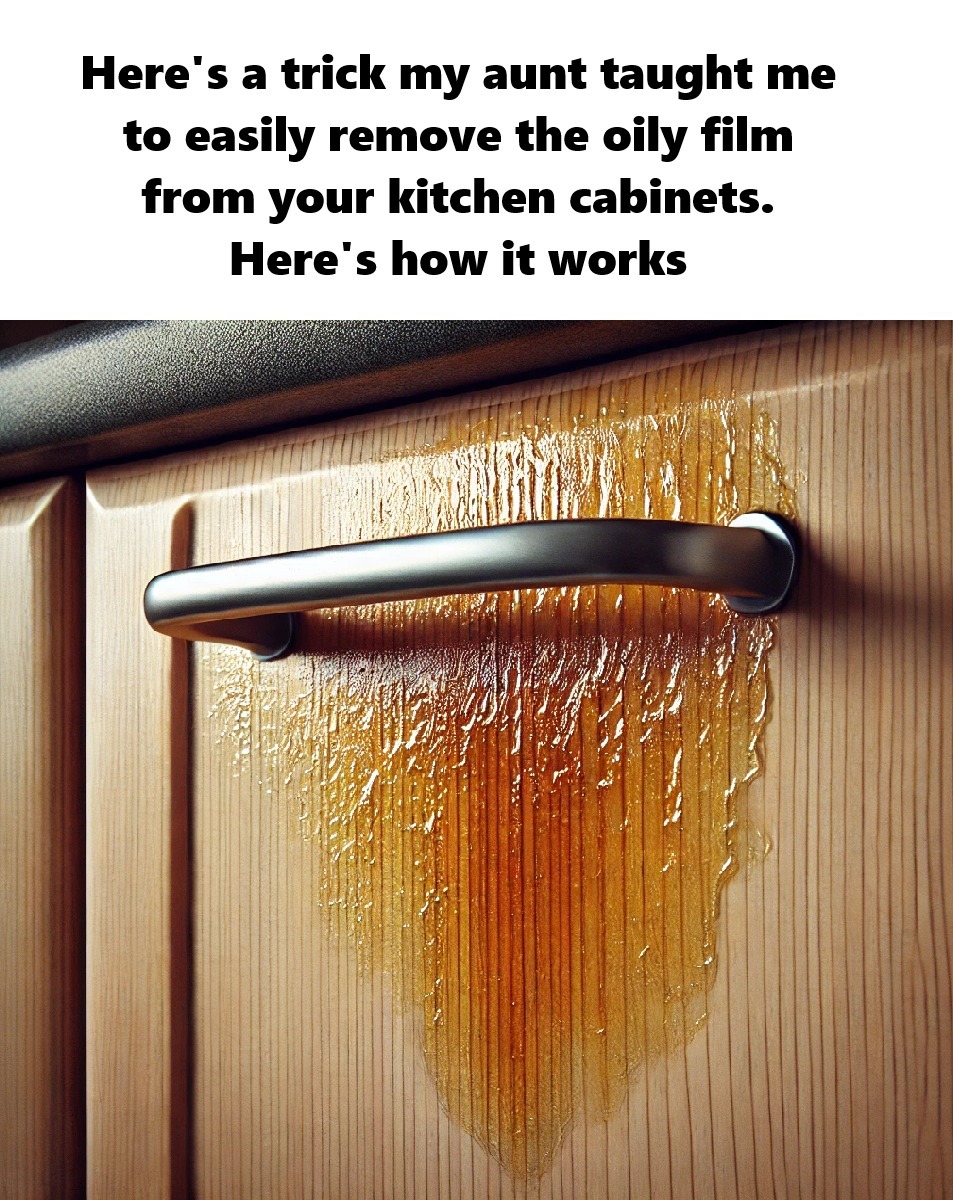Maintaining a grease-free kitchen is a common goal for many home cooks. Over time, cooking activities release tiny oil and grease particles into the air, which eventually settle on surfaces like cabinets, countertops, and appliances. This accumulation not only affects the kitchen’s appearance but can also lead to unpleasant odors and potential damage to surfaces if not addressed promptly. While commercial cleaners are available, they often contain harsh chemicals that may harm both your health and the surfaces in your kitchen. Fortunately, there are effective, natural methods to combat grease buildup, ensuring your kitchen remains clean and inviting.
Understanding Grease Accumulation
When cooking, especially frying or sautéing, oils can vaporize and mix with dust and other airborne particles. These particles settle on various surfaces, forming a sticky residue that attracts more dirt and grime over time. Areas close to the stove, such as cabinets and backsplashes, are particularly susceptible to this buildup. Regular cleaning is essential to prevent the grease from hardening, which can make it more challenging to remove and potentially damage surfaces.
Natural Cleaning Solution: Baking Soda and Vegetable Oil
A simple yet effective method to remove grease involves using two common household items: baking soda and vegetable oil. This combination may seem counterintuitive—using oil to combat grease—but it works on the principle that “like dissolves like.” The vegetable oil helps to break down the existing grease, while the baking soda acts as a mild abrasive to lift away grime without scratching surfaces.
Materials Needed:
- Baking soda
- Vegetable oil (any type)
- Soft cloths or sponges
- Warm water
- Mild dish soap (optional)
Step-by-Step Guide:
- Create the Cleaning Paste:
- In a small bowl, mix one part vegetable oil with two parts baking soda to form a paste. For example, combine one tablespoon of oil with two tablespoons of baking soda. This ratio ensures the paste is thick enough to adhere to vertical surfaces like cabinet doors.
- Apply the Paste:
- Using a soft cloth or sponge, apply a small amount of the paste to the greasy area. Gently rub in a circular motion, allowing the mild abrasiveness of the baking soda to lift the grease without scratching the surface.
- Wipe Clean:
- After the grease has been loosened, dampen another cloth with warm water and wipe away the paste residue. For stubborn areas, you may add a drop of mild dish soap to the cloth to help remove any remaining oiliness.
- Dry the Surface:
- Use a dry cloth to thoroughly dry the cleaned area, preventing any moisture from lingering, which could attract more dirt or damage the surface over time.
Additional Tips for a Grease-Free Kitchen:
- Regular Maintenance:
- Incorporate a routine cleaning schedule to prevent grease buildup. Wipe down surfaces near the cooking area after each use to keep grease from accumulating.
- Use of Splatter Screens:
- When frying or sautéing, utilize splatter screens to minimize the dispersion of oil particles into the air, reducing the amount that settles on surrounding surfaces.
- Proper Ventilation:
- Ensure your kitchen is well-ventilated. Use range hoods or exhaust fans to capture airborne grease particles and prevent them from settling on surfaces.
- Alternative Cooking Methods:
- Consider cooking methods that produce less grease, such as baking, steaming, or using an air fryer. Air fryers, for instance, can achieve crispy textures with minimal oil, reducing overall grease production in the kitchen. peytonsmomma.com
- Protective Measures:
- Line areas prone to grease accumulation, like the stovetop and adjacent countertops, with easily washable or disposable materials during heavy cooking sessions to simplify cleanup.
Conclusion
Achieving and maintaining a grease-free kitchen is attainable with regular cleaning and the use of natural, non-toxic cleaning solutions. By understanding the causes of grease buildup and implementing these practical strategies, you can keep your kitchen surfaces clean, prolong the life of your cabinetry and appliances, and create a more pleasant cooking environment.
For a visual demonstration of oil-free cooking techniques, you might find this video helpful:

